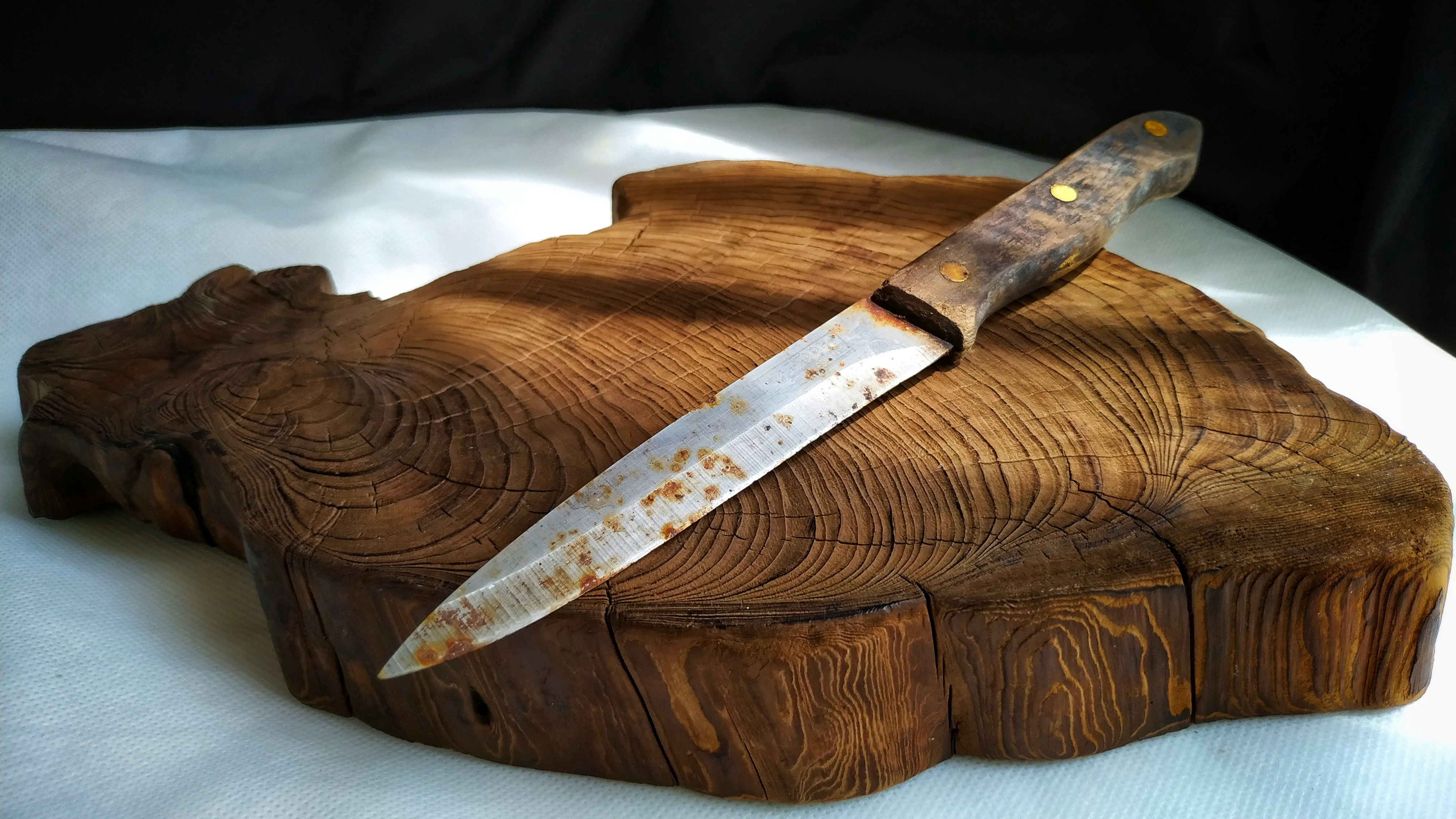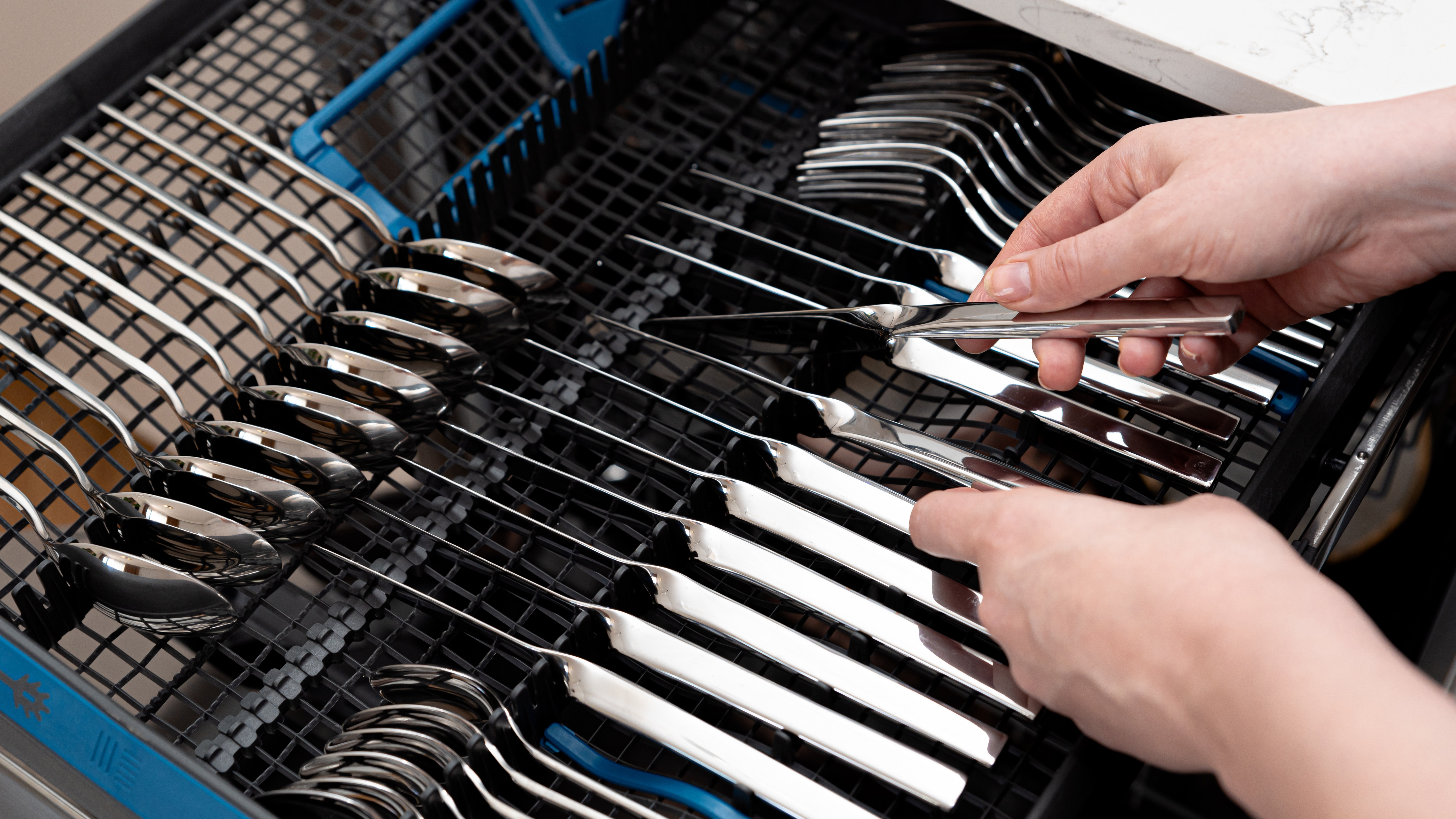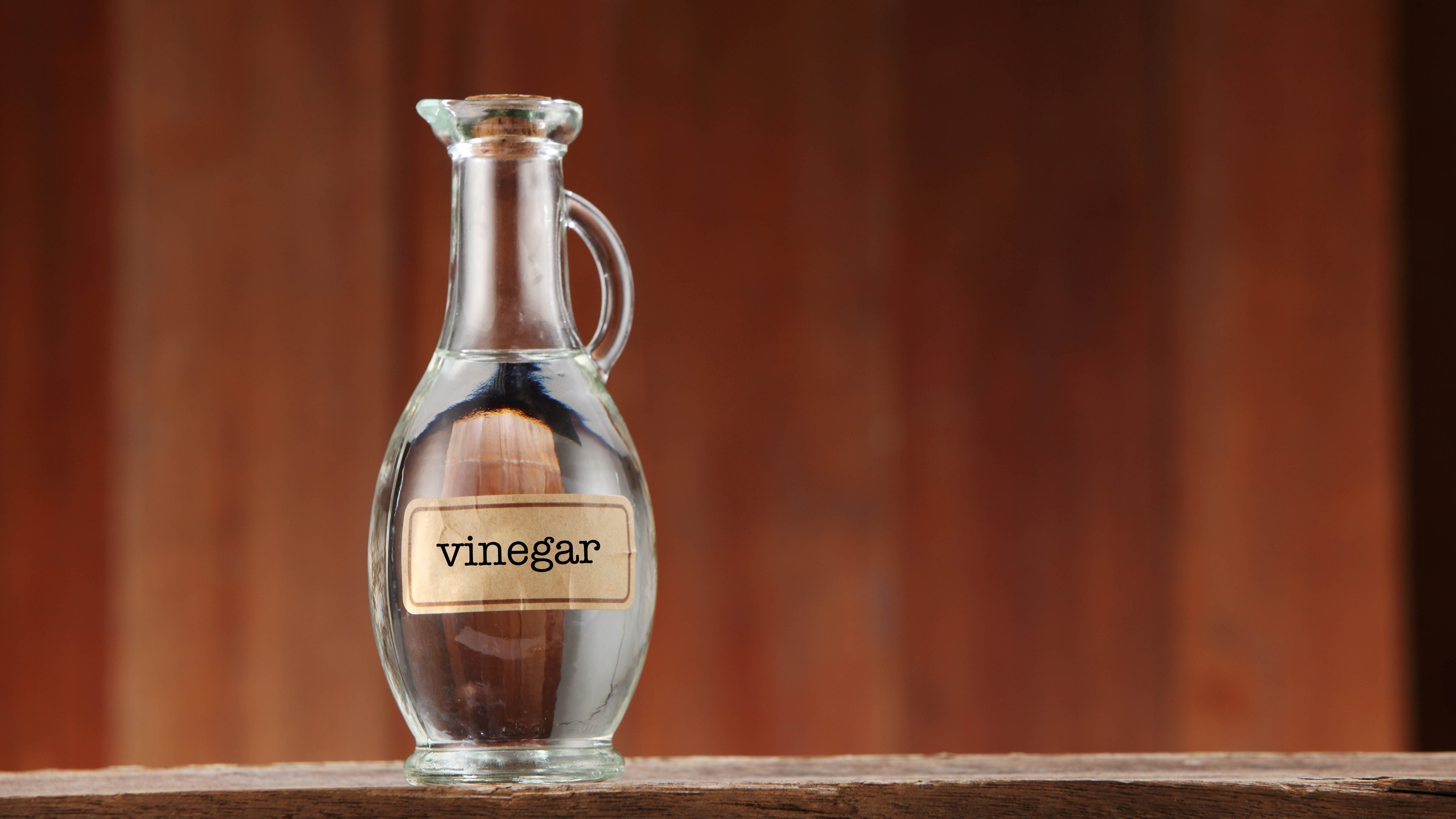Why your cutlery is rusty and how to restore it
Have your knives and forks seen better days? Here’s how to remove rust from cutlery

If you’re looking up how to remove rust from cutlery, it’s likely that a fresh batch of knives and forks have just emerged from your dishwasher, covered in rusty spots. This is not an uncommon problem, even if you own one of the best dishwashers. Unfortunately as your cutlery gets older, it inevitably gets more vulnerable to this corrosion.
But, before you go picking out new cutlery sets, know that your utensils can indeed be saved. Rust is not only removable, but you can take precautions to stop it from coming back. Here, we will look into what’s causing these unsightly stains as well as how to get rid of them. Here’s how to remove rust from cutlery.
Why is your cutlery rusty?
Rust will naturally occur on metal when it’s exposed to water and oxygen for a prolonged period of time. That’s why this chemical reaction often happens in the dishwasher — the humid environment will only speed up the process. For that reason, hand washing your cutlery is less likely to cause rust — one of the benefits when it comes to comparing the dishwasher vs washing by hand.

Rust can appear on any metal items, including chef knives and pan lids, as well as utensils — these red and orange specks may look small and sporadic at first, but if left untreated, it can spread between items and continue growing. It may appear as a wet stain when fresh, which you can partly wipe away, but once dry it solidifies and becomes more tricky to remove.
How to remove rust from cutlery
1. Gather your equipment — White distilled vinegar is the answer when it comes to removing rust from metal. Bear in mind, you’re going to need a decent amount as this method involves submerging the utensils. You will also need microfiber cloths, a container to hold the utensils and a non-scratch scrubber, such as these Scotch-Brite Non-Scratch Plastic Scrubbing Pads ($7.66, Amazon).
2. Determine the severity of the rust — Consider the severity of the rust across your utensils. Smaller specks won’t require as long to treat, while more severe cases will take more time. Keep this in mind when it comes to the timing in the next step.

3. Soak your utensils — Fill your container with white distilled vinegar and then place your utensils within, making sure each is completely submerged. These then need to be left to soak, but for how long will depend upon the level of rust — five minutes should be sufficient for light rust stains, but longer may be needed. Check on the progress by scrubbing the rust stains after 5 minutes to see if they fade; place the cutlery back in the vinegar for a further 10 minutes if required.
Get instant access to breaking news, the hottest reviews, great deals and helpful tips.
If you've only got one item to clean, you can alternatively soak a microfiber cloth in vinegar and wrap it around the utensil for the same effect. This should save you some vinegar.
4. Remove the rust — Now that your cutlery has been adequately soaked, it’s time to remove the rust. Scrub away the stains using your non-scratch scrubber, then wash with warm, soapy water to remove all traces of vinegar. Dry immediately afterwards with a microfiber cloth to prevent more rust from forming.
Your cutlery should now be rust-free and ready to impress your guests. It’s perfectly safe to use once the rust is removed. Bear in mind rust can always come back though, so follow these tips to prevent future problems.
How to prevent rust

- Try handwashing rather than using the dishwasher, especially if the utensil is expensive or isn’t dishwasher-safe. Handwashing is much less likely to lead to rust as the items aren’t exposed to water for so long.
- Make sure your cutlery is dishwasher-safe — if it’s not, the dishwasher will likely damage it in any case.
- Use the correct amount of detergent according to the packaging. Excess detergent can be abrasive and contribute to rust.
- Don’t spill salt in the dishwasher as you refill it. Salty water will actually accelerate any rusting, so you shouldn’t run the dishwasher with excess salt present. Use the funnel provided to avoid any accidental spills, and pre-wash the appliance while empty if some still manages to spill over.
- If you notice rust has cropped up on one utensil, keep it out of the dishwasher until you’ve had a chance to remove it. Rust can actually spread from item to item in the dishwasher, so you could be making things worse.
- Remove and dry your cutlery immediately at the end of the cycle — this gives rust less of a chance to form. At the very least, make sure the dishwasher door is open so the inside can air.
- Rinse away salty or acidic food from the cutlery straight away. These will actually corrode as they sit on the metal.
For more dishwasher tips and tricks, check out our guides on 10 things you never knew you could wash in a dishwasher, I wouldn’t buy a smart dishwasher or washing machine — here’s why and how to clean cloudy glasses.

Katie Mortram used to be a Homes Editor for Tom's Guide, where she oversaw everything from kitchen appliances to gardening tools, as well as smart home tech. Specializing in providing expert advice for cleaning and home manintenance, she now works as Household Advice Editor for Good Housekeeping.
